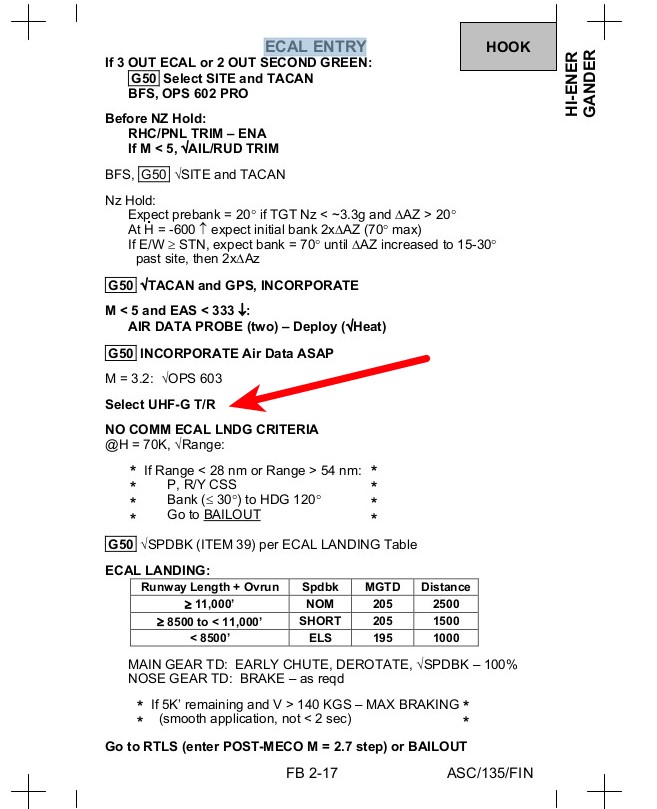If the question is that if spacecraft independently initiate communications with random civilian ATC unit, the answer seems to be no.
Civilian ATC units operate on VHF frequencies (118-136MHz) with AM modulation. Besides that, spacecraft should be able to tune in any frequency within the range that an ATC unit is using. Or they could use universal emergency frequency 121.5 MHz.
Space Shuttle, which most likely would benefit from such a possibility, did not carry VHF radios at all.
As for other spacecraft, Apollos used VHF only to communicate between LM and CM and EVA astronauts, and that happened on fixed frequencies.
Gemini used HF and UHF radios for comms, again on fixed frequencies. Similarly Mercury used HF and UHF frequencies.
The closest match seems to be Soyuz, which operates VHF radio in fixed frequency 121.75 for voice comms. So basically, any ATC unit or aircraft could tune in to communicate with overhead Soyuz capsule. I remember that Scott Kelly mentioned in his book that they sometimes picked an ATIS broadcast when overflying an airport that happened to use the same frequency. VHF comms requires “line of sight” so spacecraft on low earth orbit will pass over a station fairly quickly.
I’d speculate that accidental interference by air traffic with communications between spacecraft and mission control is major reason why VHF is not used in space comms. And to carry “backup” VHF equipment just to communicate with untrained, unexpecting ATC unit would service no purpose and would shave precious kilos from the payload.


